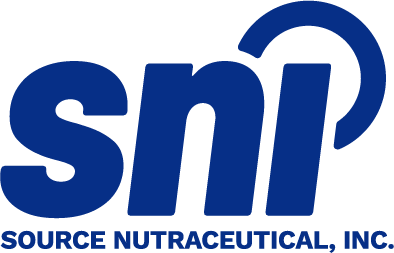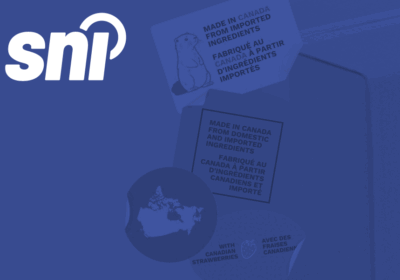As part of its continued digital modernization, Health Canada has reaffirmed the requirement that drug product submissions be filed electronically, using either the Electronic Common Technical Document (eCTD) format or the non-eCTD format. The appropriate format depends on the type of regulatory activity and the product category.
Health Canada’s April 2025 update reinforces the agency’s move toward fully electronic submissions, mandating the use of eCTD or non-eCTD formats based on product and submission type. This shift is designed to improve efficiency, support compliance, and align with international standards. It enables faster regulatory reviews and streamlines communication between sponsors and Health Canada. Sponsors must ensure their submission formats, validation rules, and Dossier ID processes align with current guidelines to avoid delays or rejections.
Overview of Accepted Submission Formats
eCTD Format
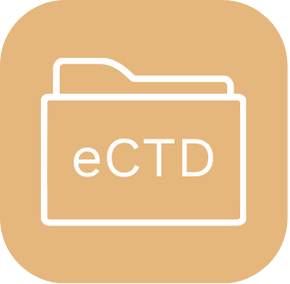
The Electronic Common Technical Document (eCTD) is the internationally accepted standard for submitting regulatory information electronically to health authorities, including Health Canada. Developed by the International Council for Harmonisation (ICH), it standardizes how information is structured and submitted for pharmaceuticals and related health products. At the core of the eCTD is an XML backbone that organizes the content into modules and sequences, allowing for clear navigation, document tracking, and seamless communication between sponsors and regulators.

One of the key advantages of the eCTD format is its ability to support lifecycle management, enabling sponsors to submit updates, amendments, and responses in a structured, traceable manner. This improves review efficiency by making it easier for regulators to identify changes across submissions. By replacing paper-based or fragmented electronic submissions, eCTD reduces administrative burden, supports international harmonization, and ensures higher data quality and consistency throughout the product’s regulatory lifecycle.
Health Canada requires or recommends eCTD format for:
- Prescription drugs (human and veterinary)
- Biologics and radiopharmaceuticals
- Clinical trials involving pharmaceuticals or biologics
Submissions in eCTD format must be filed through the Electronic Submissions Gateway (ESG) and validated using Health Canada’s most recent eCTD validation rules, which were updated on January 10, 2025.
Example:
A sponsor submitting a New Drug Submission (NDS) for a monoclonal antibody therapy would need to file in eCTD format. This would include a Canadian Module 1 structured according to current placement guidelines.
Why Health Canada Introduced eCTD
Health Canada adopted the Electronic Common Technical Document (eCTD) format to modernize and streamline the regulatory submission process for drug products. This initiative aligns with international standards established by organizations such as the International Council for Harmonization (ICH), the U.S. Food and Drug Administration (FDA), and the European Medicines Agency (EMA), facilitating global harmonization and collaboration. By transitioning to the eCTD format, Health Canada aims to enhance the efficiency of submission tracking and lifecycle management, reduce reliance on paper-based systems or unstructured digital files, and enable more consistent and efficient regulatory reviews.

The eCTD format allows sponsors to manage submission sequences effectively, submit responses to regulatory queries promptly, and maintain comprehensive submission histories compatible with Health Canada’s review systems. This structured approach not only improves the clarity and organization of submissions but also supports faster review timelines and better communication between sponsors and regulators. Overall, the adoption of the eCTD format represents a significant step toward improving the quality, consistency, and efficiency of regulatory submissions in Canada.

Non-eCTD Format
The non-eCTD format is an alternative electronic format used for regulatory activities that are not currently supported or required to be submitted in eCTD. It involves a structured folder layout and naming conventions, but lacks the XML lifecycle capabilities of eCTD.
This format is accepted for:
- Disinfectants
- Biocides
- Veterinary drug submissions, when applicable
- Master Files (Types I to IV)
Example:
A manufacturer filing a Drug Identification Number (DIN) application for a hospital-grade disinfectant would prepare the submission using the non-eCTD format and the designated folder structure template.
To learn more about the zip file structure for non-eCTD formats, including templates by product line (such as Human Drugs, Veterinary Drugs, and Biocides), please visit: Health Canada – Filing Submissions Electronically
Key Supporting Documents and Tools
Health Canada provides a range of documents to assist sponsors preparing submissions in either format.
For eCTD Submissions:
- Validation Rules for Regulatory Transactions (updated January 10, 2025)
- Organization and Document Placement for Canadian Module 1 (updated April 2, 2024)
- Guidance Document for Preparing eCTD Regulatory Activities (available by email request to no-reply.ereview.non-reponse@hc-sc.gc.ca with subject line: “Request for eCTD Guidance Document”)
For Non-eCTD Submissions:
- Validation Rules for Non-eCTD Regulatory Transactions (updated January 10, 2025)
- Folder Structure ZIP Files categorized by product line
- Guidance Document for Preparing Non-eCTD Regulatory Activities (available by email request with subject line: “non eCTD Guidance Document”)
Dossier ID Requests
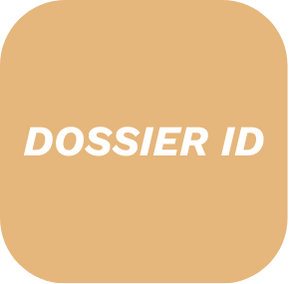
A Dossier ID is a unique identifier assigned by Health Canada to facilitate the tracking and management of regulatory submissions for drug products. This includes submissions related to pharmaceuticals, biologics, clinical trials, disinfectants, and veterinary medicines. The Dossier ID serves as a reference number that links all documents and transactions associated with a specific product or regulatory activity.
Before filing any submission, sponsors must request a Dossier ID. This should be done no more than eight weeks before the intended filing date. A unique Dossier ID is required for each submission category and helps Health Canada manage and track incoming files.
Request forms are available for:
- Pharmaceutical or biologic dossiers
- Clinical trial dossiers
- Biocide dossiers
- Master Files
Delays in Dossier ID requests can result in processing setbacks or submission rejections.
Example Use Case: Filing a Veterinary ANDS
A company preparing an Abbreviated New Drug Submission (ANDS) for a veterinary antibiotic would:
- Request a Dossier ID up to eight weeks before submission.
- Download the appropriate Veterinary Drugs ANDS folder structure ZIP.
- Validate the files using non-eCTD validation rules.
- Submit the final package in the accepted non-eCTD format.
Next Steps for Regulatory Stakeholders
1. Determine the Appropriate Submission Format
Carefully assess whether your regulatory activity requires submission in eCTD or non-eCTD format. This depends on the type of product and the nature of the submission (e.g., prescription drug, clinical trial, disinfectant). Submitting in the incorrect format can lead to refusals or significant delays.

2. Obtain Your Dossier ID Within the Permitted Timeframe
Submit a Dossier ID request no more than eight weeks prior to filing your regulatory transaction. Ensure all required information is accurate and complete, as this identifier is essential for tracking the entire lifecycle of your submission.

3. Follow the Latest Validation and Formatting Guidelines
Refer to the most recent validation rules and guidance documents published by Health Canada to prepare your submission correctly. Whether you are using eCTD or non-eCTD format, adhering to these guidelines helps ensure your file is technically sound and accepted without issue.

4. Utilize Folder Structure ZIP Files and Request Guidance Documents
Download and implement the appropriate folder structure ZIP files for your product line to ensure proper file organization. If additional information is required, request the relevant guidance documents from Health Canada using the designated subject lines. This ensures you are working from the most current and comprehensive instructions

5. Establish Internal Procedures for Submission Consistency
Create and maintain standard operating procedures (SOPs) within your organization to support consistent preparation and validation of regulatory submissions. Having clear internal processes in place reduces the risk of errors, improves submission quality, and helps manage timelines efficiently, especially for companies handling multiple Health Canada filings.
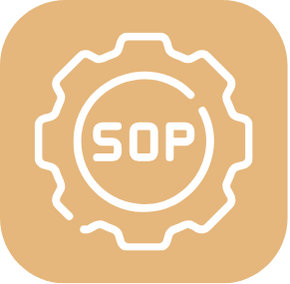
Final Remarks
Health Canada continues to prioritize modernization of its regulatory submission processes. Sponsors that adapt to the electronic submission requirements will benefit from reduced turnaround times and improved regulatory alignment.
To access templates, folder structures, and filing instructions, visit:
Health Canada – Filing Submissions Electronically
Talk to SNI
For assistance with preparing your electronic submissions, our regulatory team at Source Nutraceutical, Inc. (SNI) offers comprehensive support to ensure your product meets all format requirements, manages Dossier IDs effectively, and maintains full compliance throughout its lifecycle.
Our services encompass a wide array of regulatory compliance solutions, including guidance on eCTD and non-eCTD submissions, strategic consulting, and packaging compliance. We work closely with your team to navigate the complexities of regulatory requirements, ensuring that your product is compliant globally and delivers on its promise to customers.
